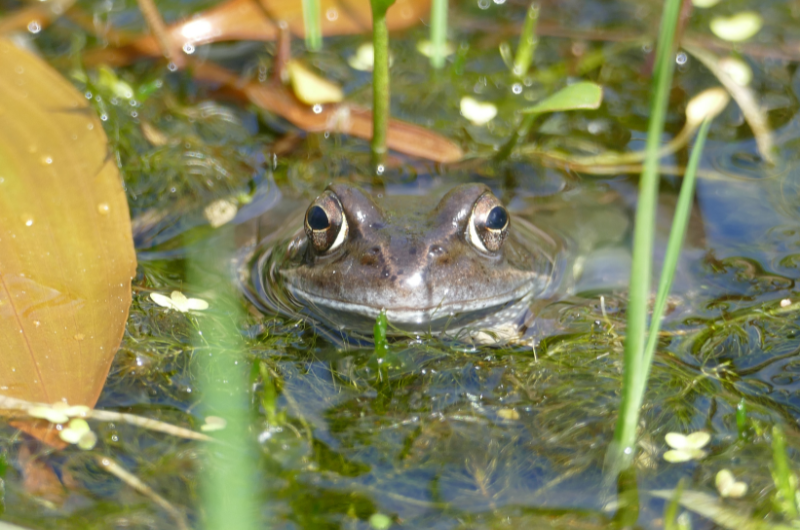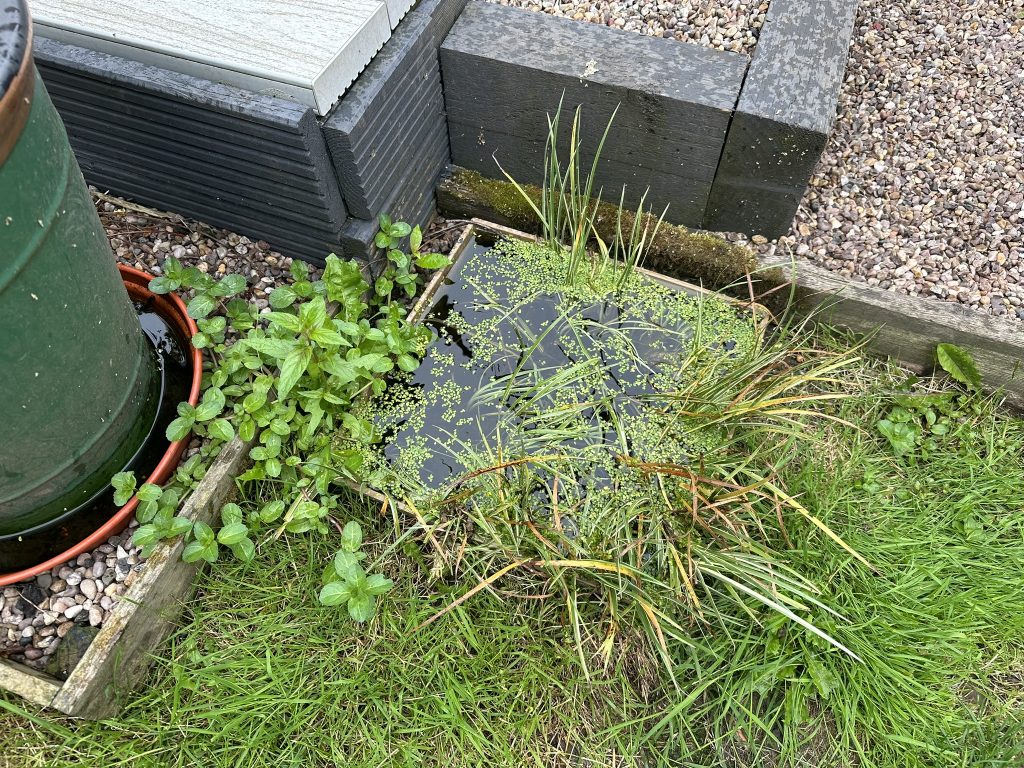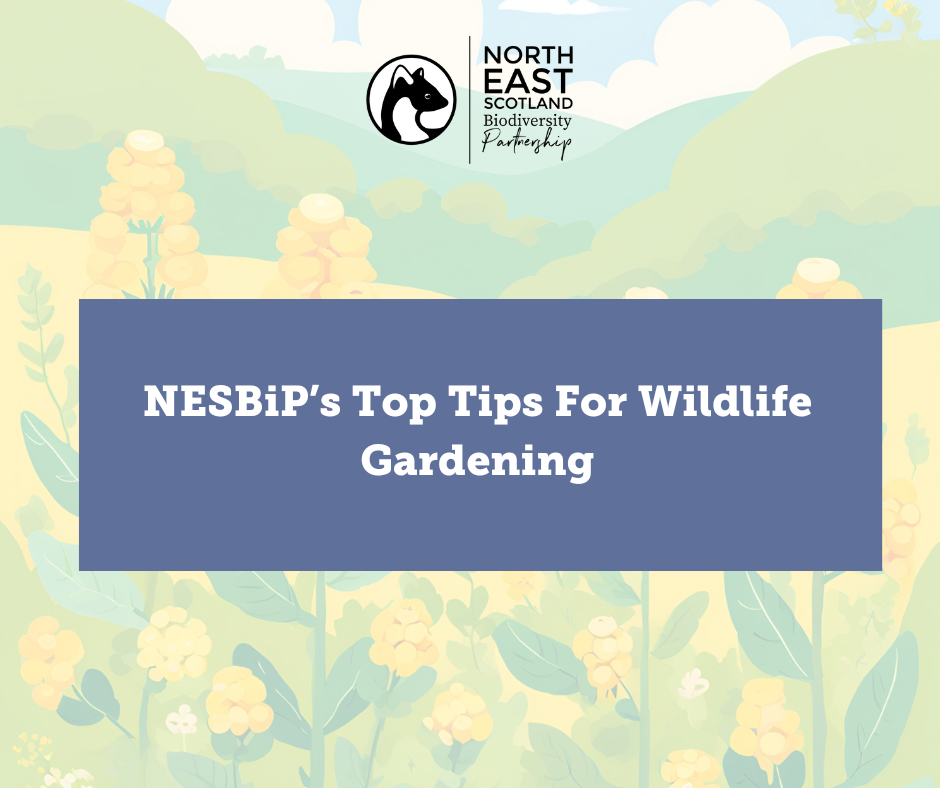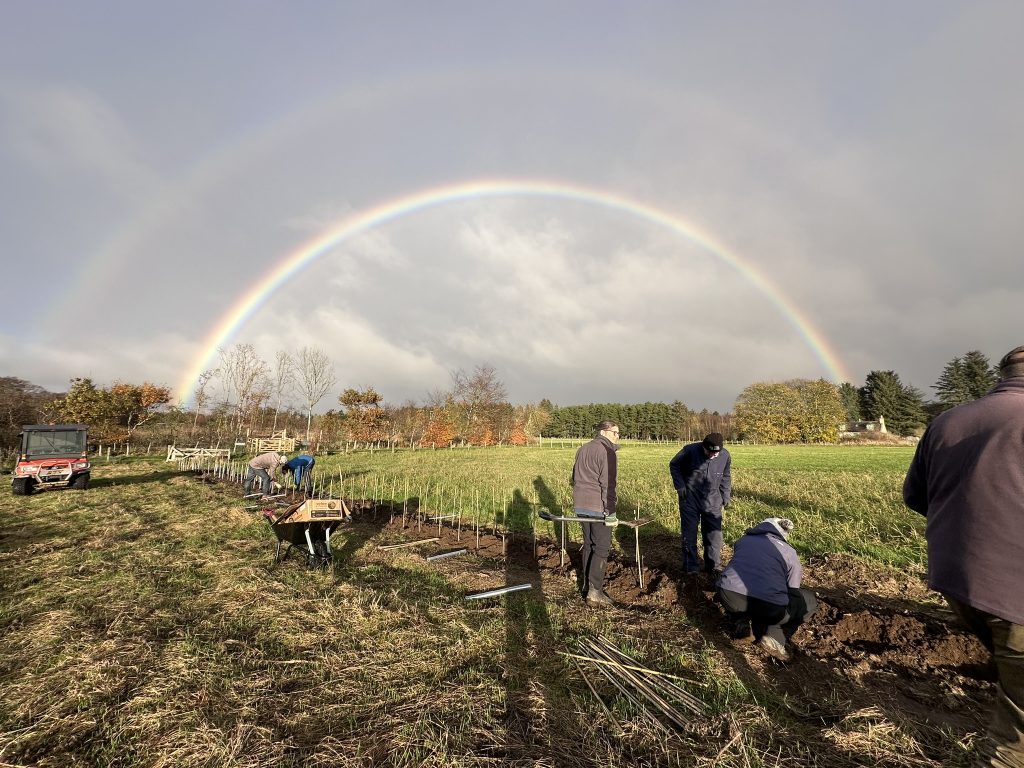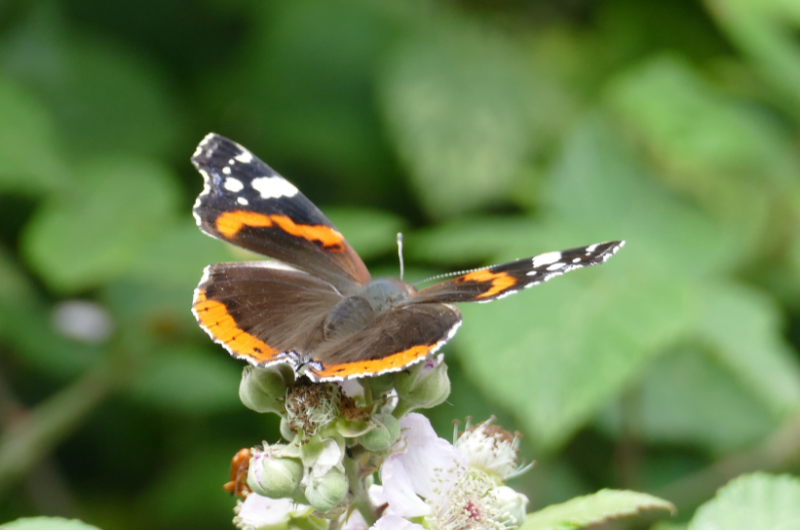Wildlife Gardening
Learn how to help your local wildlife from the comfort of your own home. With over 15 million gardens in Britain, covering an area larger than all our national nature reserves put together, what we choose to do with our gardens really does matter for nature.
No matter the size of the area you are looking after or how much gardening experience you have, we can all do more to help our local wildlife.
The first step to helping our wildlife is to change our mindset and think of our gardens as part of a much wider picture. Yes, they are man-made areas, but they have the potential to be much more than just a place that we can enjoy on a sunny day. An oldie, but still a goodie read for anyone wanting to learn more about wildlife gardening is “Creating Environmentally Friendly Gardens” by Bob Davis in 2002.
Whether in a city centre or the countryside, our gardens can act as mini nature reserves for local wildlife, as well as form habitat corridors – bridging gaps between surrounding areas of habitat.
We hope our Wildlife Gardening page helps you think outside the box and be creative with your garden. In 2025, we created this handy printable booklet full of top tips for wildlife gardening. Download a copy here.


Three species of pollinating insects on Tansy © John Malster
“Ugly or beautiful, it is the little creatures that make the world go round. We should celebrate and appreciated them in all their wonderful diversity.” – Dave Goulson
Not quite found what you are looking for?
Still have questions? Not to worry, we have an amazing community of wildlife gardeners on Facebook that are happy to help! Head over to NESBiP’s Wildlife Gardening Group and join now.
By becoming a member of our Wildlife Gardening Group, it gives you the opportunity to:
- – Ask other wildlife gardeners questions
- – Share you experiences and knowledge with other
- – Get some inspiration from other gardeners
- – Build a community!
Share this Post


